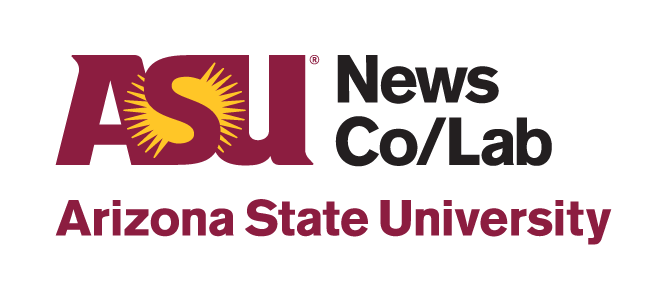Kansas City update: corrections, FAQ, and more

If transparency is an essential principle for a news organization, nowhere is that more important than in how it handles corrections. A team at The Kansas City Star aims to help their newsroom be a leader in the news industry in doing this right.
Before I tell you more, meet the members of a Star team that we’re working with on this project. They represent a solid cross-section of the newsroom, and have been giving a lot of thought to making this work.

Eric Nelson, audience editor; Mará Williams, education reporter; Mary Kate Metivier, growth editor; Kathy Lu, enterprise editor; Ian Cummings, police reporter; Chick Howland, projects editor
On my most recent visit with The Star’s working group, which fell in between two snowstorms, we looked looked at a variety of the “best practices” the Co/Lab has been researching and posting, and talked about all kinds of ways that transparency and engagement can work in a newsroom. The upshot was an initial list of areas in which The Star wants to deploy those techniques. They included:
- A digital corrections policy that can be an industry leader
- Better biographical information, to let The Star’s audience know more about the people who do the journalism
- A “Frequently Asked Questions” (FAQ) page
- Reporter “meet us for coffee” gatherings in the community
You can see examples of several of these from other organizations. I’m not aware of news organizations that have FAQs, however (let us know if you know of one!). While we’ve seen many ways to do corrections online, The Star wants to rethink the standard practices and break new ground.
- It also turned out that the newsroom is already practicing a fair amount of transparency and engagement, often in service of giving more attention to special projects that feature deep and sustained reporting. For example, after a superb recent project detailing the (to me astonishing) degree of secrecy Kansas governments use to prevent citizens from knowing how taxpayers’ money is being spent, The Star held a public forum — webcast with Facebook Live — to answer questions, learn more about what residents know about the culture of secrecy, and in general gather feedback and ideas for further reporting.

Downtown Kansas City after snowstorm
Several upcoming projects will also feature use of these techniques. We’ll tell you more about them at the appropriate time.
Of course, the goal in the long run is to embed transparency/engagement throughout the operation. And newsroom working group, in the initial list of things we want to try, was focused on that notion.
Corrections are a big deal, from my perspective. The digital age has given journalists astounding capabilities, if we want to use them, in making sure that the damage from mistakes is limited and, to the extent possible, fixable.
As this proceeds, we’ll give you much more detail on how this–and other components of our project–might work.
Dan Gillmor is a longtime participant in new media and digital media literacy. He’s author of the 2009 book, Mediactive, discussing media literacy in the digital age from a journalist’s perspective.
